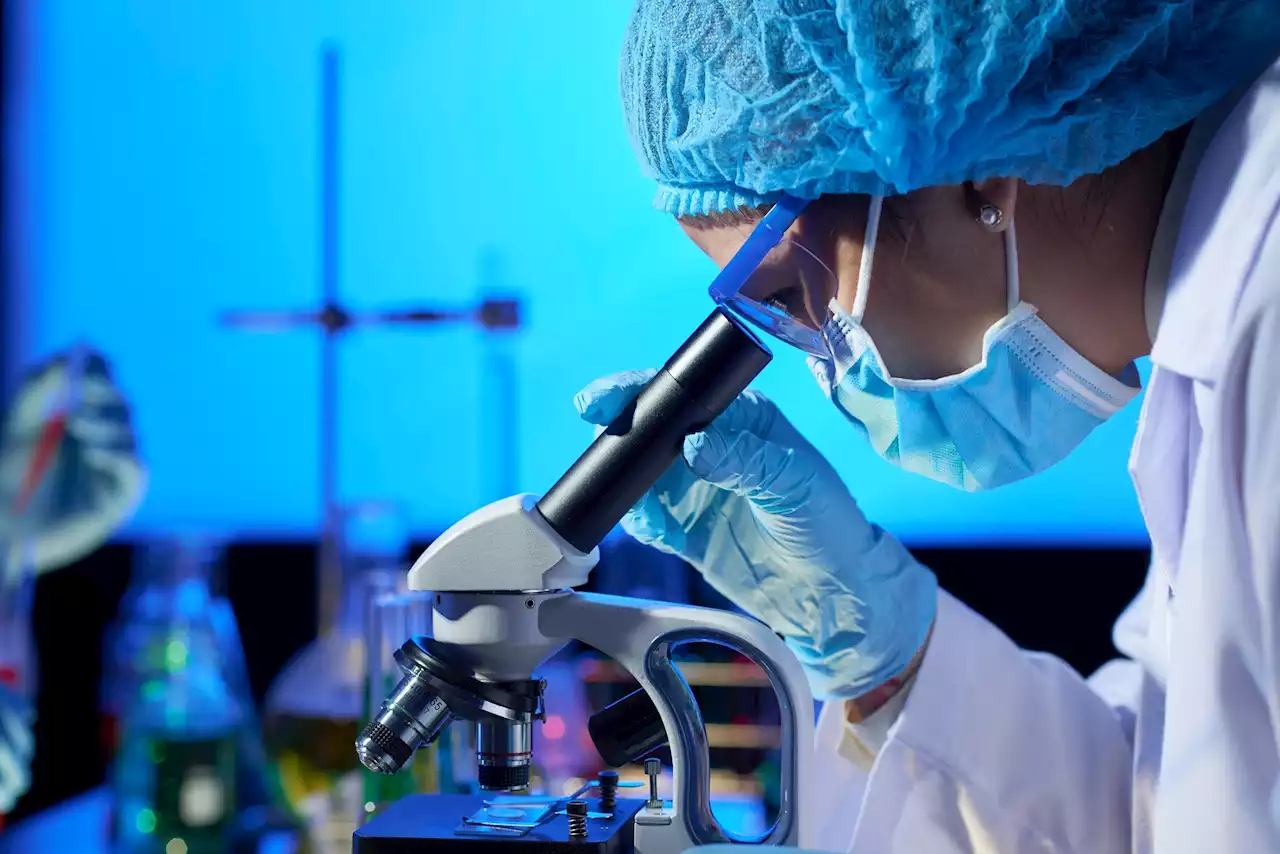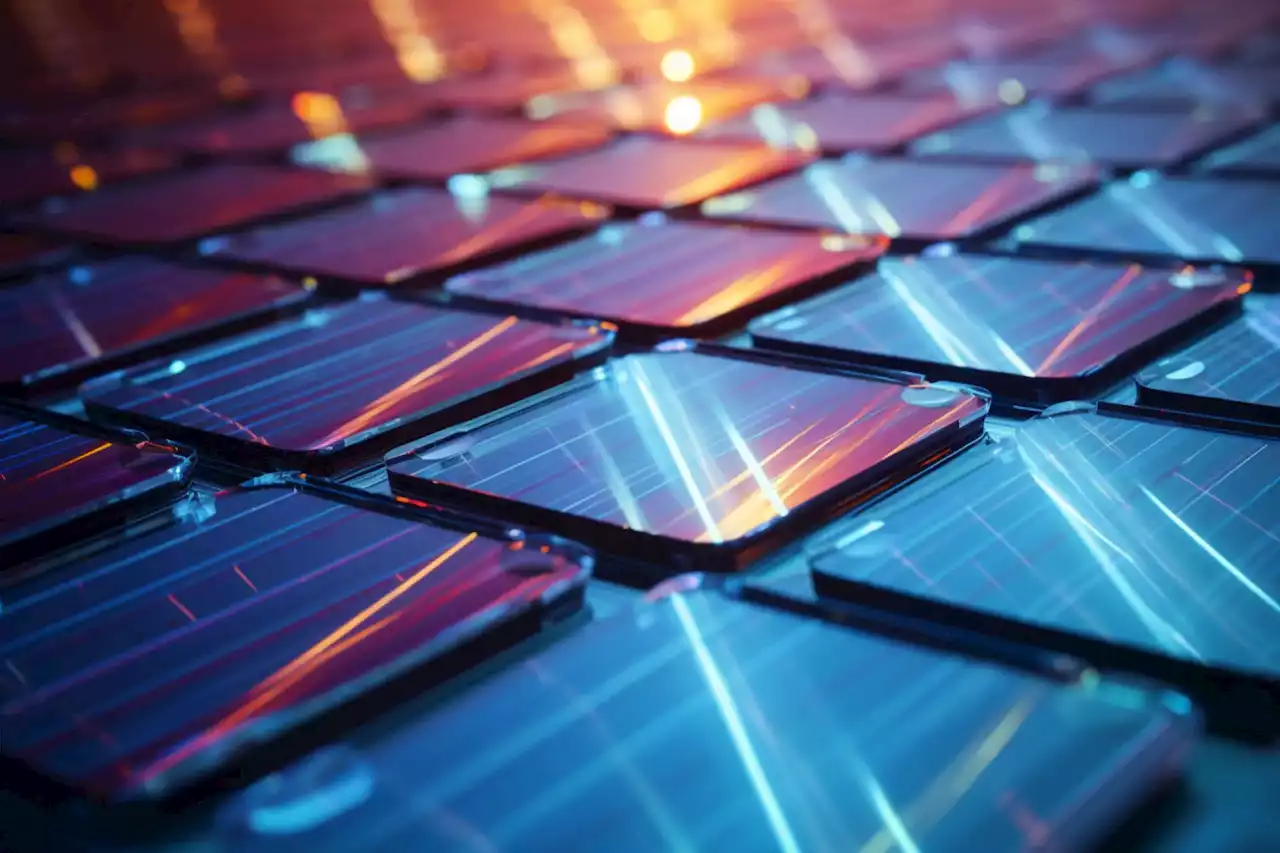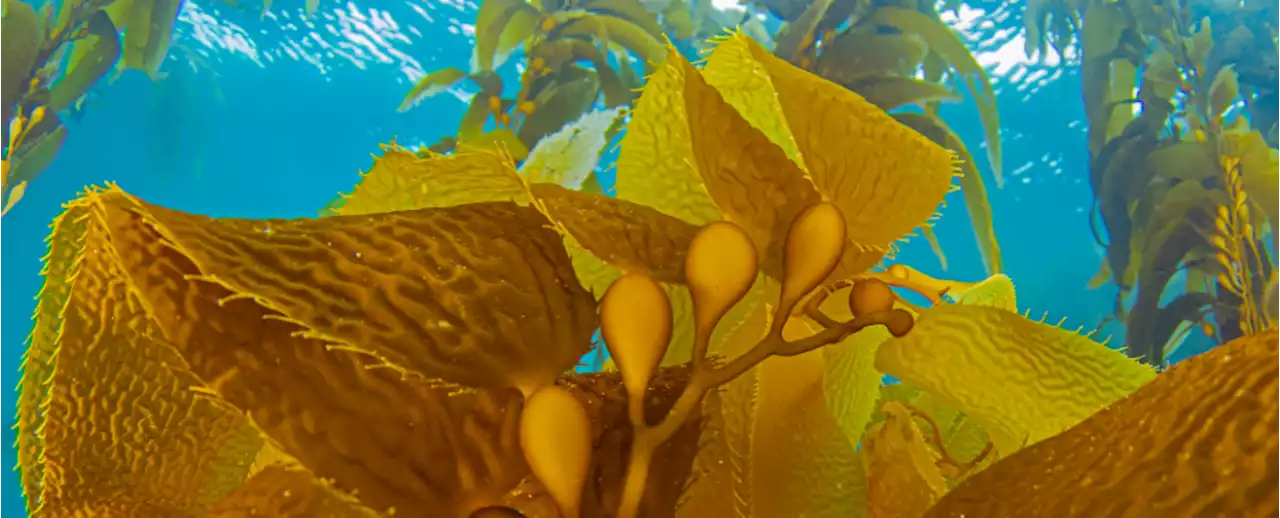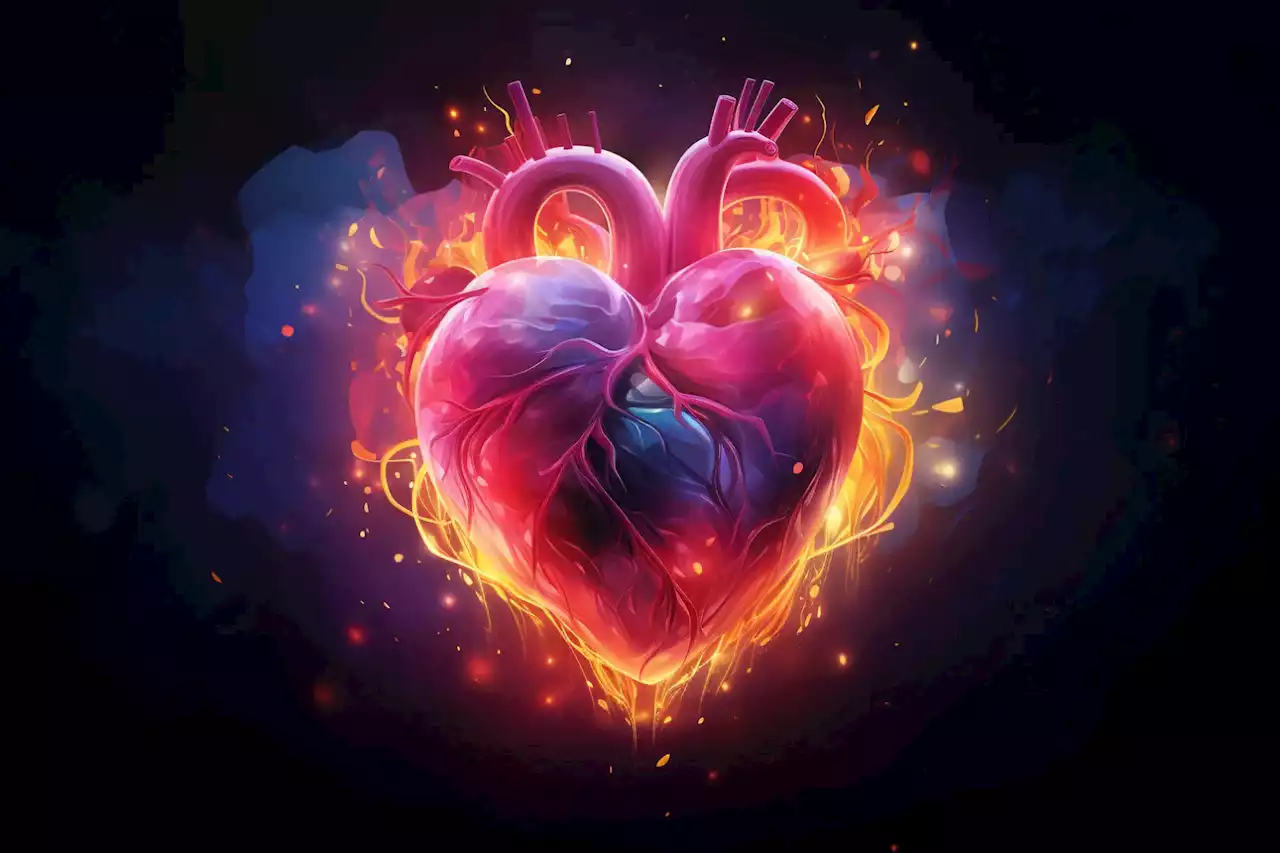Research found decreased intestinal inflammation and improved wound healing in a mouse model. A study from the Ann & Robert H. Lurie Children’s Hospital of Chicago discovered that directly injecting neonatal mesenchymal stem cells, sourced from heart tissue usually discarded during surgery, red
Scientists discovered that neonatal mesenchymal stem cells from discarded heart tissue can reduce intestinal inflammation and enhance wound healing in a mouse model of Crohn’s disease-like ileitis. The study offers a promising treatment alternative that avoids the drawbacks of current medications.A study from the Ann & Robert H.
“Neonatal cardiac-derived mesenchymal stem cells have been used in a clinical trial to repair an injured heart, but this is the first time these potent cells have been studied in an inflammatory intestinal disease model,” said senior author Arun Sharma, PhD, from Stanley Manne Children’s Research Institute at Lurie Children’s who is the Director of Pediatric Urological Regenerative Medicine and Surgical Research, and Research Associate Professor of Urology and Biomedical Engineering atFeinberg...
Dr. Sharma explains that before it would be feasible to use these stem cells clinically to treat Crohn’s disease, his team needs to overcome the hurdle of how they are administered. In the current animal model study, the stem cells were injected directly into the inflammatory lesions in the small intestine, which requires surgical procedures. The next step then is to develop a safe way to inject them into the body through a vein, similar to performing a blood draw in the arm of a patient.
“Ultimately our goal is to utilize this cell type as treatment, but also as a preventive measure, before signs and symptoms of Crohn’s disease develop,” said Dr. Sharma. “We also might be able to apply this approach to other inflammatory diseases. The potential is enormous, and we are excited to move forward.”
Reference: “Multipotent Human Neonatal Cardiac-Derived Mesenchymal Stem Cells Modulate Ileitis In Vivo” by Muthukumar Gunasekaran, Matthew I. Bury, Tiffany T. Sharma, Larry W. Wang, Natalie J. Fuller, Swetha T. Krishnan, Sunjay Kaushal and Arun K. Sharma, 06 July 2023,
Deutschland Neuesten Nachrichten, Deutschland Schlagzeilen
Similar News:Sie können auch ähnliche Nachrichten wie diese lesen, die wir aus anderen Nachrichtenquellen gesammelt haben.
 Shaping positive STEM identity for student successData show that students who have a strong science, technology, engineering and mathematics (STEM) identity are more likely to take STEM courses and persist to the academic finish line––graduation. Positive STEM identity is multifaceted, but at the core, it is the sense that one 'belongs' in STEM and can succeed in STEM. A person with strong STEM identity tends to feel confident of the following:
Shaping positive STEM identity for student successData show that students who have a strong science, technology, engineering and mathematics (STEM) identity are more likely to take STEM courses and persist to the academic finish line––graduation. Positive STEM identity is multifaceted, but at the core, it is the sense that one 'belongs' in STEM and can succeed in STEM. A person with strong STEM identity tends to feel confident of the following:
Weiterlesen »
 Clusters of lab-grown cells reveal how key genes affect brain development and disordersScientists used CRISPR gene editing and brain organoids to study genes that affect the movement of neurons.
Clusters of lab-grown cells reveal how key genes affect brain development and disordersScientists used CRISPR gene editing and brain organoids to study genes that affect the movement of neurons.
Weiterlesen »
 Solar’s Slim Solution: The Rise of High-Efficiency Thin Silicon CellsScientists developed an innovative multilayered design to significantly boost the performance of next-generation solar cells. Solar power has become indispensable in our global pursuit of clean energy and sustainability. Today, about 95 percent of solar cells are made using crystalline silicon (c
Solar’s Slim Solution: The Rise of High-Efficiency Thin Silicon CellsScientists developed an innovative multilayered design to significantly boost the performance of next-generation solar cells. Solar power has become indispensable in our global pursuit of clean energy and sustainability. Today, about 95 percent of solar cells are made using crystalline silicon (c
Weiterlesen »
 Australian Seaweed Boosts Collagen Levels in Human-Like Skin Cells in The LabIf you believe the headlines, seaweeds can do almost anything from storing tons of carbon and stopping cows from belching methane, to making biofuels and renewable plastics – all while sustaining vibrant coastal ecosystems and feeding communities.
Australian Seaweed Boosts Collagen Levels in Human-Like Skin Cells in The LabIf you believe the headlines, seaweeds can do almost anything from storing tons of carbon and stopping cows from belching methane, to making biofuels and renewable plastics – all while sustaining vibrant coastal ecosystems and feeding communities.
Weiterlesen »
 New Harvard Research Reveals How the Heart Starts BeatingResearchers find that heart cells in developing zebrafish begin to beat abruptly and all at once. Transforming from just a few cells into a fully developed organism, equipped with working tissues and organs, is a chaotic yet highly synchronized process that requires cells to organize themselves in
New Harvard Research Reveals How the Heart Starts BeatingResearchers find that heart cells in developing zebrafish begin to beat abruptly and all at once. Transforming from just a few cells into a fully developed organism, equipped with working tissues and organs, is a chaotic yet highly synchronized process that requires cells to organize themselves in
Weiterlesen »
